Foreign fighters in Ukraine have been a hot topic since the beginning of the 2022 full-scale invasion. European and American mainstream media have conducted numerous interviews with them, as they provided a valuable source of on-the-ground information. Nevertheless, it’s worth going back to their past and investigating their motivations for taking part in the conflict. In this article, we’ll provide a general overview of the personality of Western fighters in conflicts, along with concrete examples of some of their experiences in Ukraine.
First, let’s define who and what a “foreign fighter” is. In general terms, a foreign fighter is a person who on a voluntary basis, goes to fight in an armed conflict. The emphasis here is on the term “voluntary.”
A foreign fighter should first and foremost fight for his or her beliefs, and not for a financial reward. A person fighting for financial reasons is a mercenary, where it doesn’t matter which side he or she chooses in a conflict.
Ukrainian President Volodymyr Zelensky set up the International Legion of Territorial Defense of Ukraine or simply the “Foreign Legion” on February 27, 2022, three days after the full-scale invasion. This was an important step as it provided an avenue for foreign soldiers to operate in the Ukrainian army legally. Beforehand, many foreigners joined semi-autonomous groups such as the Azov Battalion or the Georgian Legion upon arriving in the country. This made their status unclear in the country. Although they carried arms, they did so not under the supervision of the regular armed forces. The salary in the Ukrainian army depending on front line or support duty currently ranges from 820$ to 2734$ in the front lines.
The Foreign Legion became a path to operate legally with weapons inside the country, but back in their home country, the legality of this action could still be questioned.
Going back to the early 2010s, we saw many foreigners in the West joining different groups in the Syrian conflict. There were those who joined terrorist groups such as ISIS and were prosecuted when returning home.
However, many foreigners in the West joined other terrorist groups, such as the Kurdistan Workers’ Party, better known as the PKK. While officially designated as a terrorist group by the EU and the US, joining them in Syria to fight ISIS became quasi-legal. The US also viewed PKK’s Syrian branch as an ally in the war against ISIS.

Female PKK guerrillas of YJA-STAR (Photo: Kurdishstruggle / Wikimedia Commons)
Foreigners who joined the group were regularly questioned by national intelligence services but not prosecuted.
As we’ll see later in the article, even though some foreign fighters went into the Ukrainian conflict voluntarily, they often did it for similar reasons to mercenaries. Indeed, it shouldn’t surprise anyone that some foreign fighters (many of whom have since left the country) went to Ukraine for fame, to find love, or to participate in illicit business dealings.
Yuri: Expat-Turned-Soldier for the Ukrainian Army
Yuri visited Ukraine several times as a tourist before moving to the country in 2012. The Ukrainian culture, strong family values, and a cheap cost of living pushed him to relocate. He’s originally from the US and had a previous career in the marines. He was deployed to South Korea and became familiar with a variety of western infantry weapons. Viewing Russia as the enemy, he watched with disbelief Russia’s 2008 attack on parts of independent Georgia. His Ukrainian acquaintances told him about Russia’s imperialist ambitions in Eastern Europe, but he only became convinced in February 2022.
Like most foreigners, Yuri joined the Foreign Legion at first. He recounts how this was a period when anybody and everybody was accepted, even with little army experience. In fact, it became difficult to distinguish those with combat experience from those who just wanted to do photo-ops with a gun.
Quickly, he decided to leave the Legion and instead join the regular armed forces. Most people in the Ukrainian army viewed the Western foreigners who said that they came to fight on their behalf with suspicion. The Ukrainians saw how many of them had limited combat experience. For Yuri, it wasn’t until he showed the workings of the Carl Gustaf recoilless rifle and gave tips and tricks about the Browning machine gun that he became respected. From then on, he was able to participate in combat.
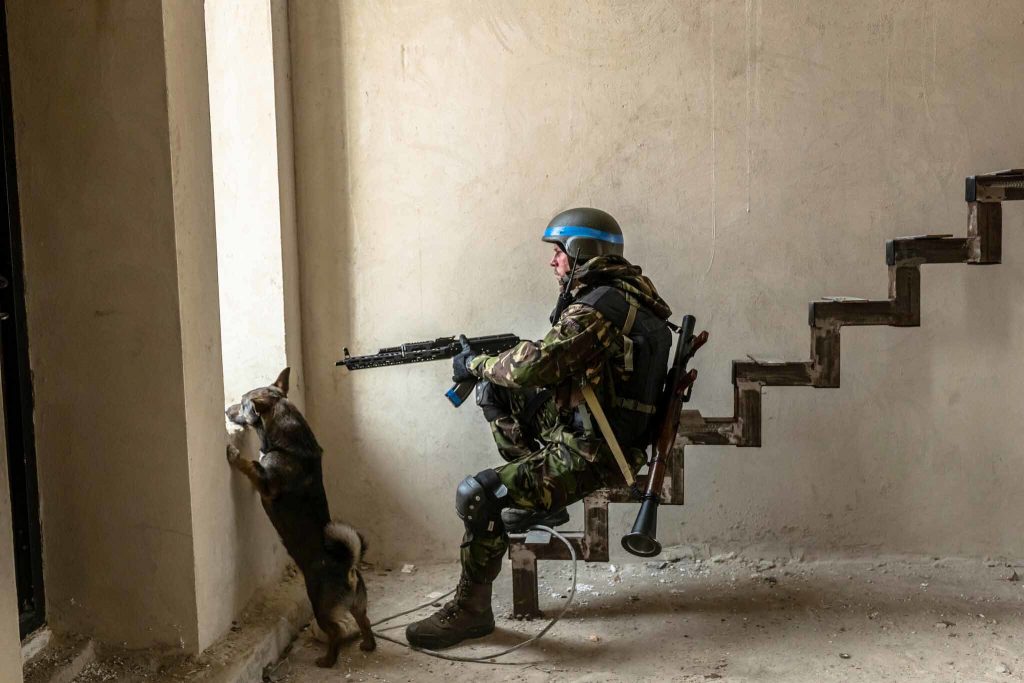
Soldier fighting for Ukraine sitting in a house near Irpin in March 2022 (Photo: Daniel Berehulak / The New York Times / Flickr.com)
Civ Div: Smooth Arrival and Training Involvement
Civ Div is another former American marine who left his country for Ukraine. He had previous combat experience in Syria, fighting for the PKK. He travelled to Ukraine days after the full-scale invasion started in 2022 and arrived in March. He flew to Poland and then took a bus into the country. This was a very smooth experience for him, as at the border there was only a passport check. He already had some connections inside the country, and he too decided to join a separate army group instead of the Foreign Legion.
The former Marine explained that at that time in 2022, at most, half the foreigners in Ukraine had real combat value.
The other half were so-called TikTok soldiers who left as soon as the first bombs started to fall. As he had some experience with the western weapons that started to flood into the country, he became an instructor for the Ukrainian armed forces. At the same time, he took part in combat in a separate, but attached unit to the official Ukrainian army.
His first battle experience in Ukraine came during the spring. He actively sought to go to the front line and managed to do so with a group of foreigners supporting the regular army. As this was in the early stages of the war, the frontlines were changing kilometers a day. They had their own SUV and could move relatively freely with the army uniform. In this chaotic stage of the conflict, he recalls how in several instances, the order was simply to go to a certain point that was in need of “bodies.” Then, they would be ordered to attend to another high-priority area.
Justin: Taking Part in the Azov Battalion in 2022
Justin is an American who went to Ukraine to fight shortly after the war started. He’s in his early 20s and recounts that back home in the US he didn’t have a job and lived with his parents. He decided to join the fight when he saw the first bombed buildings in Ukraine on US news. He joined the infamous Azov battalion.
Concerning extreme nationalism, he said that while some of the members of the Azov Battalion did have extreme-right views, this wasn’t the norm in 2022.
Nevertheless, one of his commanders had a photograph of Hitler as wallpaper on the laptop. According to Justin, when the full-scale invasion started, the Azov Regiment’s numbers soared, and apolitical fighters joined their ranks. By 2022, what mattered more were the fighting capabilities of the person, rather than the political views. Nevertheless, he saw numerous Nazi tattoos and insignia.
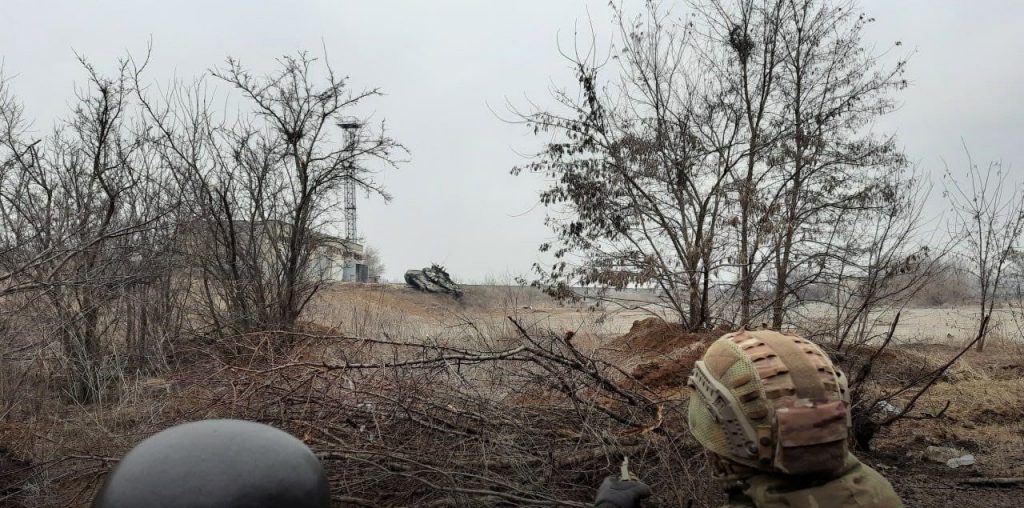
Azov soldiers attacking a Russian tank in Mariupol (Photo: Mvs.gov.ua / Wikimedia Commons)
In his own words, Justin says that he “embraced the hard-core nationalism.” His commander was the most racist person he knew but still a “cool guy.”
He says that Western media reporting from Ukraine blew the capabilities of the Ukrainian army out of proportion.
The media doesn’t show the real consequences of the war such as injuries, amputees, or war crimes, which are nevertheless regular on both sides. If the TV would screen some atrocities in detail, many would turn it off, and support for Ukraine would plummet.
Former Foreign Fighters: Helping Ukraine in Other Ways
As 2023 is ending, it’s useful to take stock of how the war is going and where the three foreign fighters ended up. Yuri worked in the mechanical sector in the US and decided to return to his home country to supply the Ukrainian army with different gears. He believes that this is more useful than fighting on the battlefield.
Civ Div is honest about the fact that he wasn’t made for this kind of war. Even though he had previous experience in Syria, the artillery attacks in the Ukrainian conflict were on another scale.
Video of Ukrainian UAV-corrected artillery fire.https://t.co/A8dPSEWE9y pic.twitter.com/OCQzjNYBWK
— Rob Lee (@RALee85) August 19, 2022
He respects those who still fight but says that personally, he’s not mentally equipped.
Justin left the country soon after Azov’s defeat in Mariupol. He remembers how he almost boarded a helicopter sent to resupply the besieged forces, and no one came back from that trip. He says that back home in the US, most people, including his family, don’t want to know anything about the details of the war.
State of the War
As 2023 is winding down, it’s also worth taking stock of how the war is going. Since the 7th of October, eyes have shifted to Israel and Palestine, while Ukraine has figured less in the media. Nevertheless, during the fall, the Biden administration couldn’t agree with the Republican-controlled Congress on a new military aid package to Ukraine. In Europe, discussions are still ongoing concerning a 50 billion euros multi-year aid package, which the Hungarian government opposes. The latter may still be agreed upon politically in the December European Council meeting.
There are similar setbacks for Ukraine on the battlefield. The counteroffensive that started in July made close to none territorial gains for Ukraine. In December, President Zelensky finally admitted that the counteroffensive didn’t achieve the “desired results.” He has also stated that the focus in the future military campaign could be Crimea instead of the heavily defended Donbass region.
Instead, by early winter, it’s the Russian forces that are on the offensive. They’re attacking the towns of Marinka and Adiivka in the Donbass near the city of Donetsk. This battle is proof of how much the battlefield frontlines have hardened. Adiivka is a village with a prewar population of about 1000, with Marinka having almost 10,000. Fighting in these small settlements is very intense, while gains or losses in terms of territorial space are extremely limited. The war is now in a stalemate with heavy casualties on both sides.


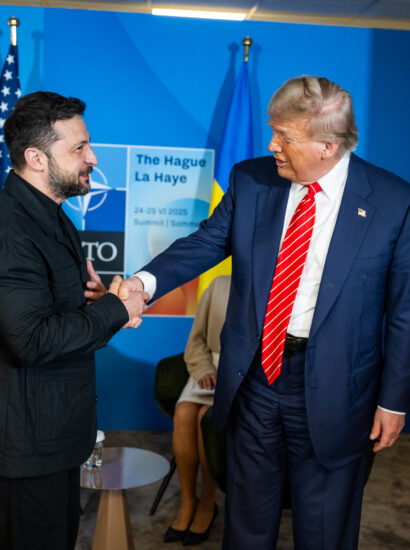
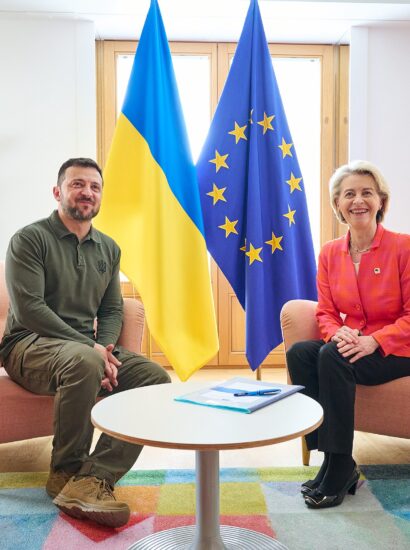
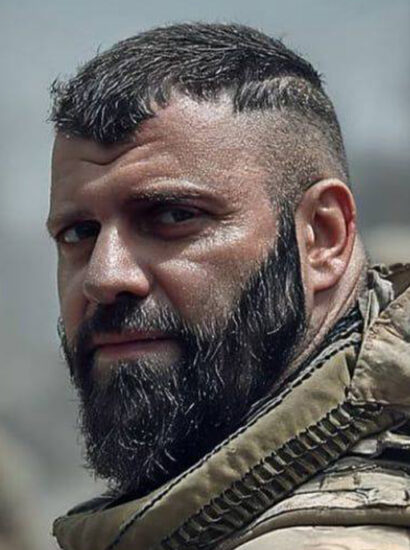

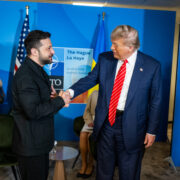

[…] and last but not least; the blockage of aid in the United States Senate. Our site already covered stories from the perspectives of foreign soldiers. Last time, we summarised the recent developments […]